Solar on Schools: A Brighter Future for Wisconsin Students
How Wisconsin schools are saving money, building resilience, and preparing students for a clean energy future.

Cutting Energy Costs, Investing in Education
For most school districts, energy is the second-largest expense after staff salaries (U.S. Department of Energy). That means every dollar saved on electricity is a dollar that can be redirected into what matters most: teaching, classrooms, and community priorities.
Solar is helping districts across the country achieve exactly that. According to Generation180’s Brighter Future 2024 report:
- Many districts are saving hundreds of thousands of dollars every year on energy bills.
- Over the lifetime of a solar system, the cumulative savings can add up to millions of dollars, reshaping district budgets in meaningful ways.
- In many cases, schools can adopt solar with little to no upfront cost, thanks to financing structures and grants.
These savings don’t just balance the books; they unlock resources for education. Schools are using solar savings to:
- Hire and retain more teachers
- Upgrade technology in classrooms
- Improve facilities and infrastructure
- Expand programs and extracurricular opportunities
Bottom line: Solar allows schools to spend less on energy and more on education, strengthening opportunities for students, teachers, and communities alike.
While cost savings are the driving force, schools also benefit in other ways:
- Resilience: Solar paired with batteries can keep schools operating during outages, making them reliable community hubs.
- Education: Solar arrays create hands-on learning opportunities, inspiring students to explore clean energy careers.
- Sustainability: Schools set a powerful example of environmental stewardship for students and families.
Local Impact: Solar on Central Wisconsin Schools
Here in Wisconsin, Northwind has a strong history of helping schools go solar, and in 2025 we're proud to bring these benefits to two school districts this summer:
- Tomorrow River Schools — Installed a 118.3 kW (DC) solar array. This large system will help the district significantly reduce its energy costs, freeing up more resources for classrooms and long-term investments in students.
- Weyauwega-Fremont Schools — With the support of a grant, the district installed an
18.9 kW (DC) rooftop system. Northwind designed it with
an inverter sized for future expansion, so the district can easily grow its solar capacity in the years ahead.
Both projects reflect a growing recognition among Wisconsin schools that solar isn’t just about saving money—it’s about preparing students for a brighter, more resilient future.



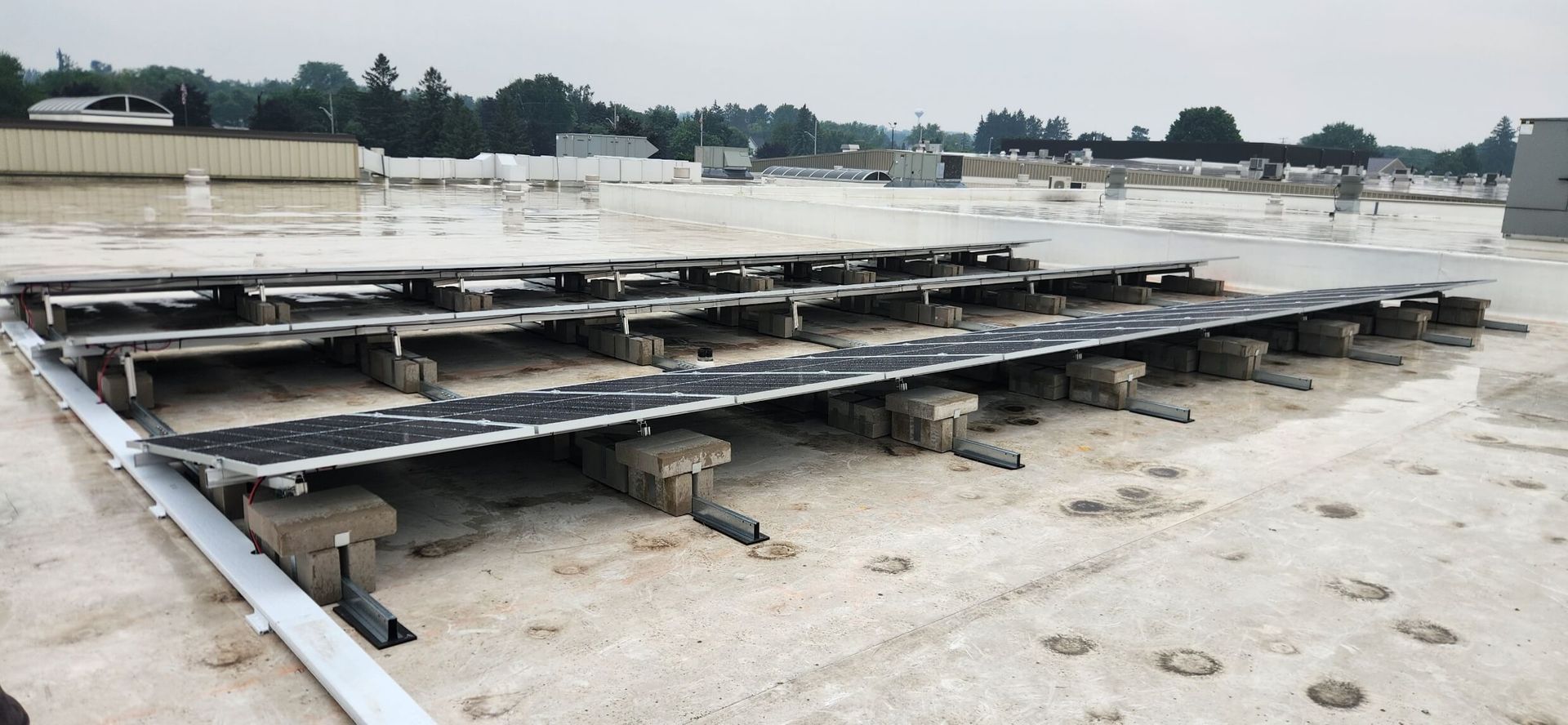
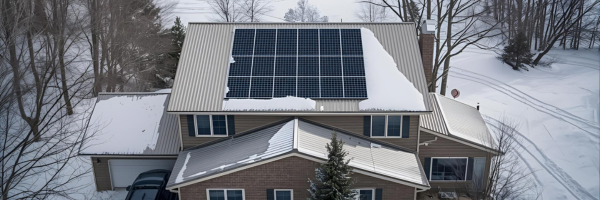
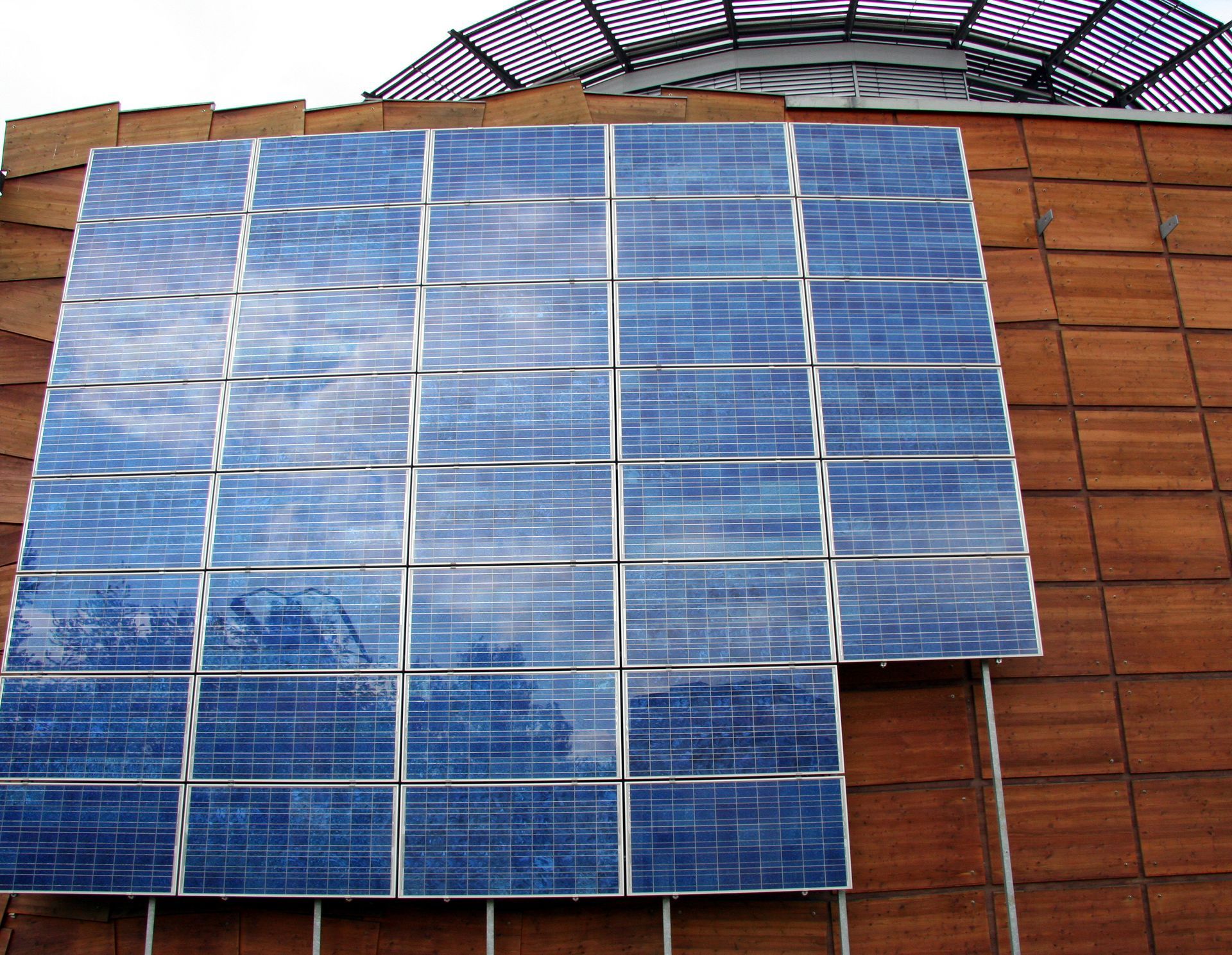

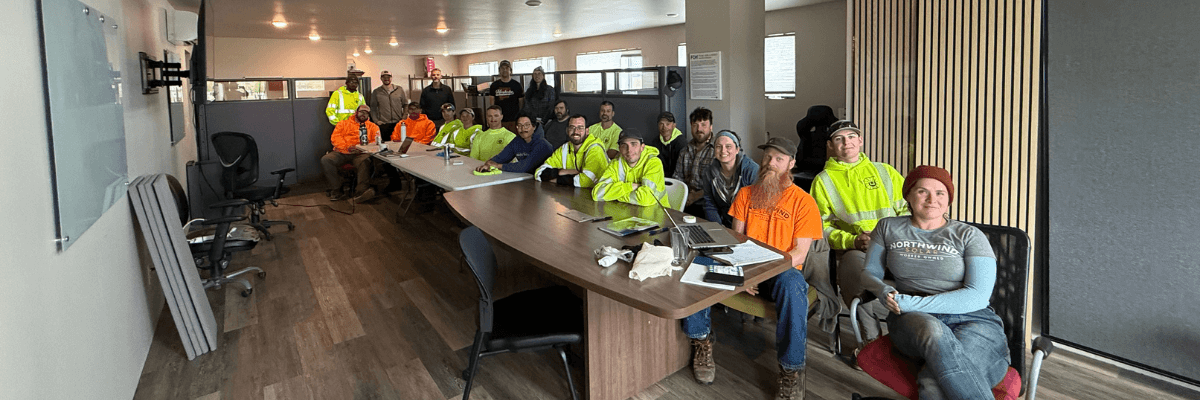





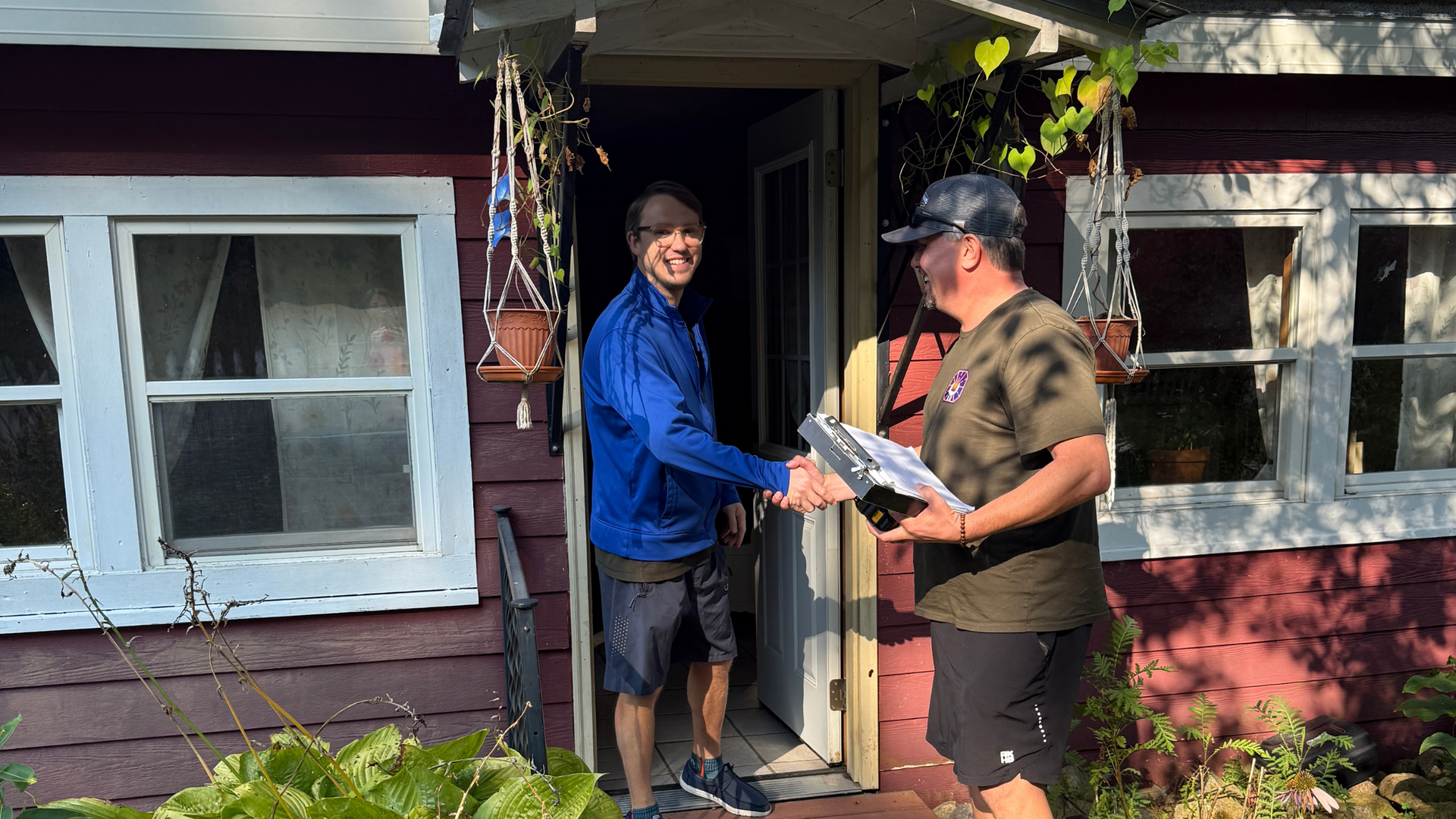












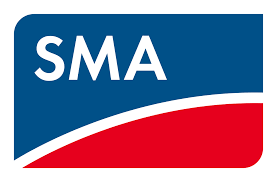
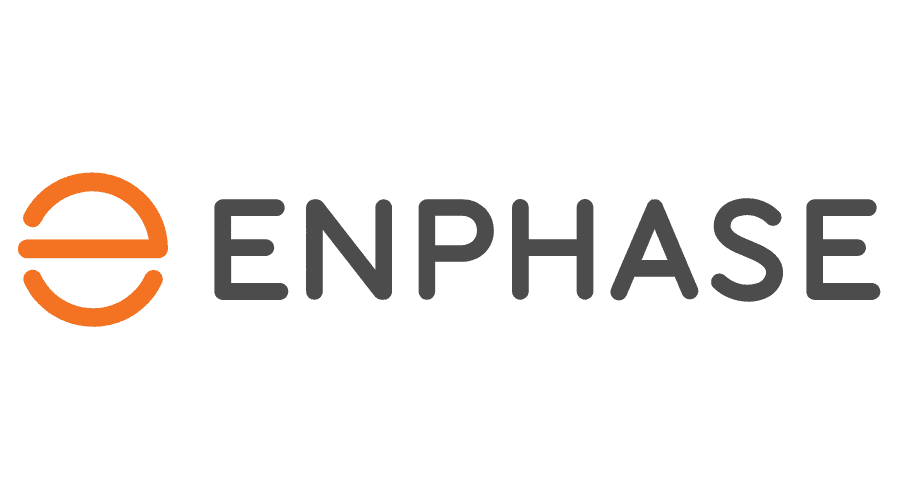
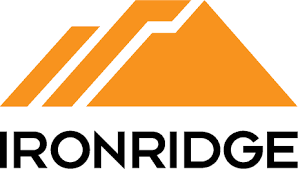



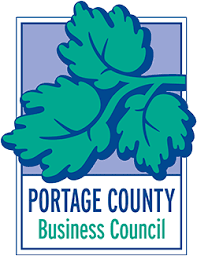

Share On: